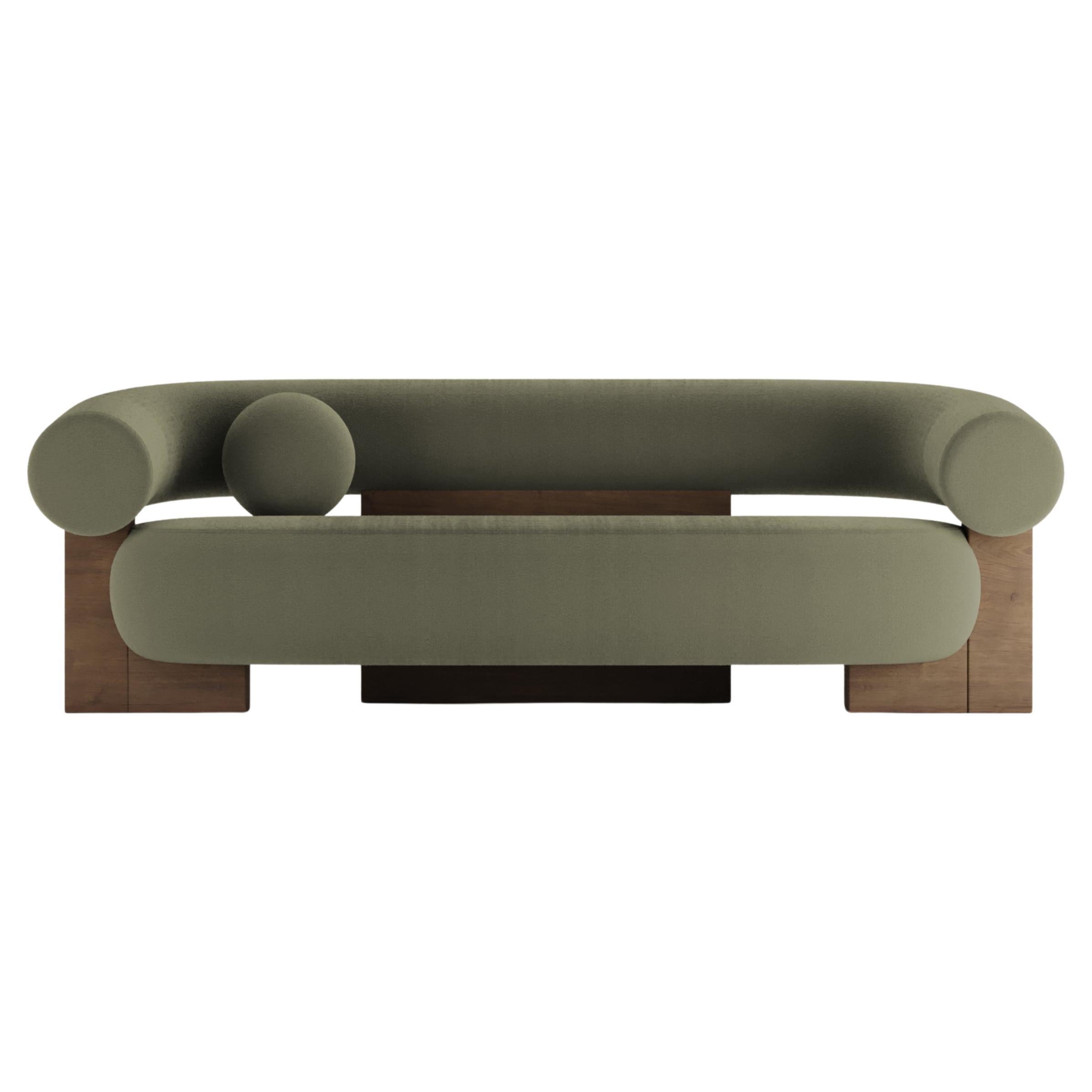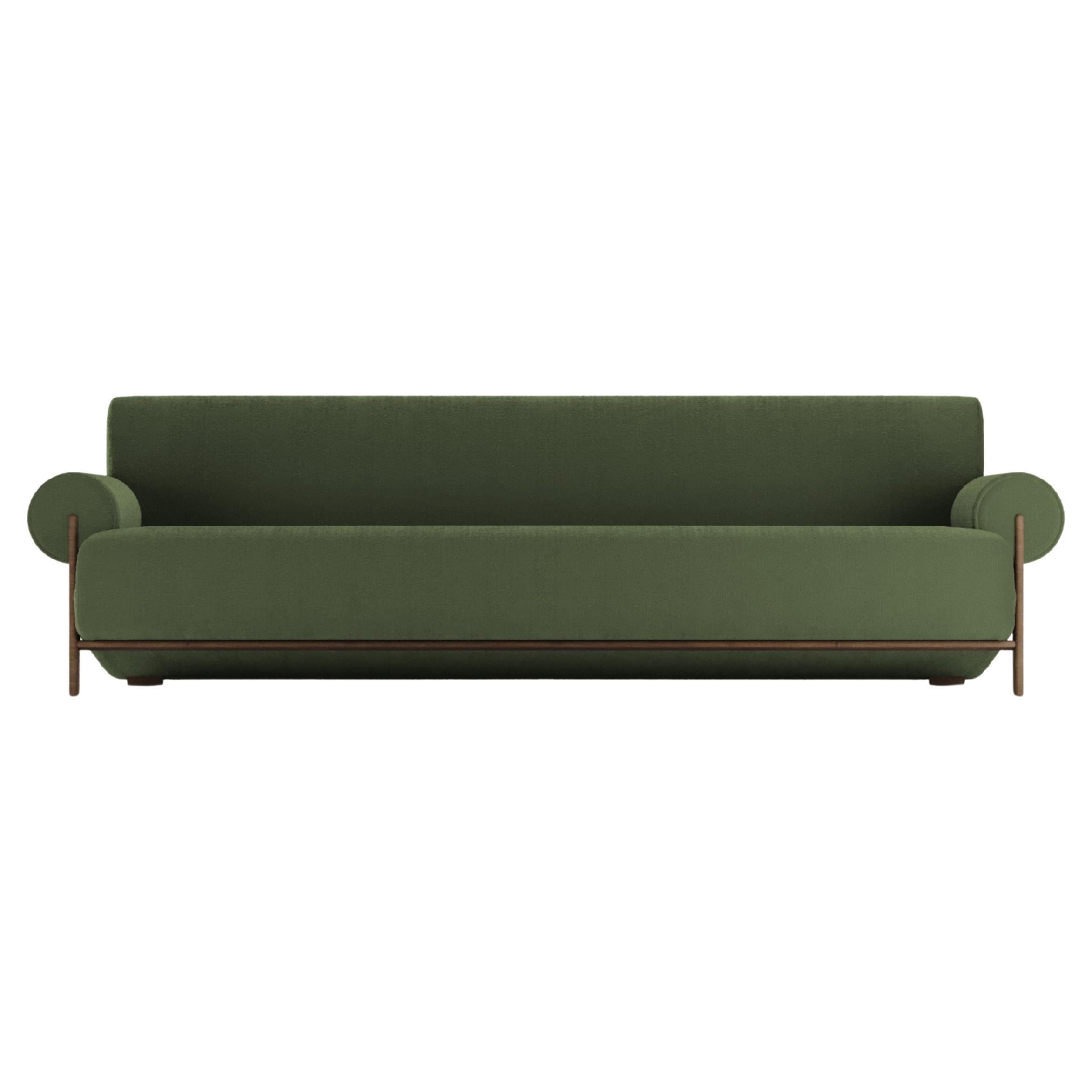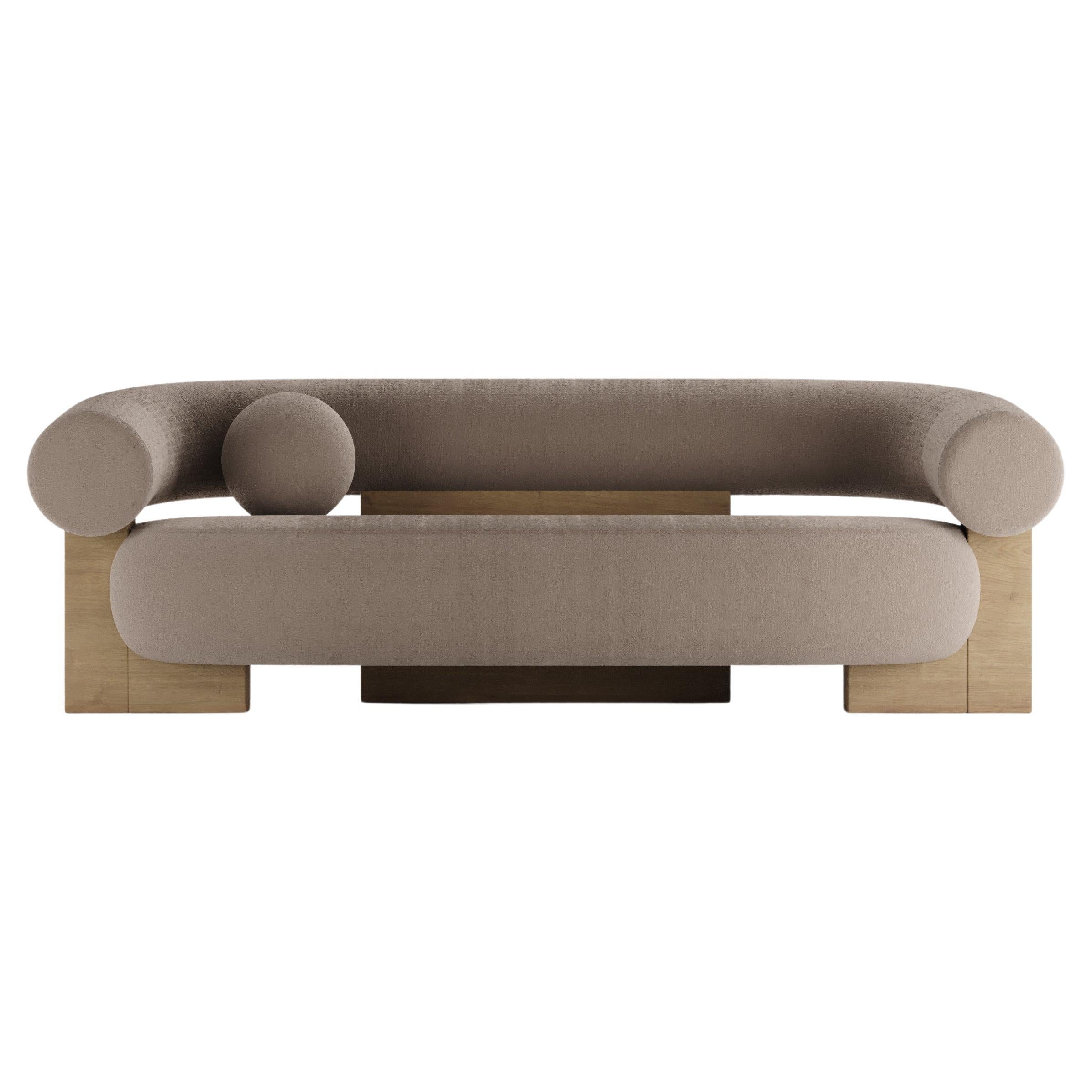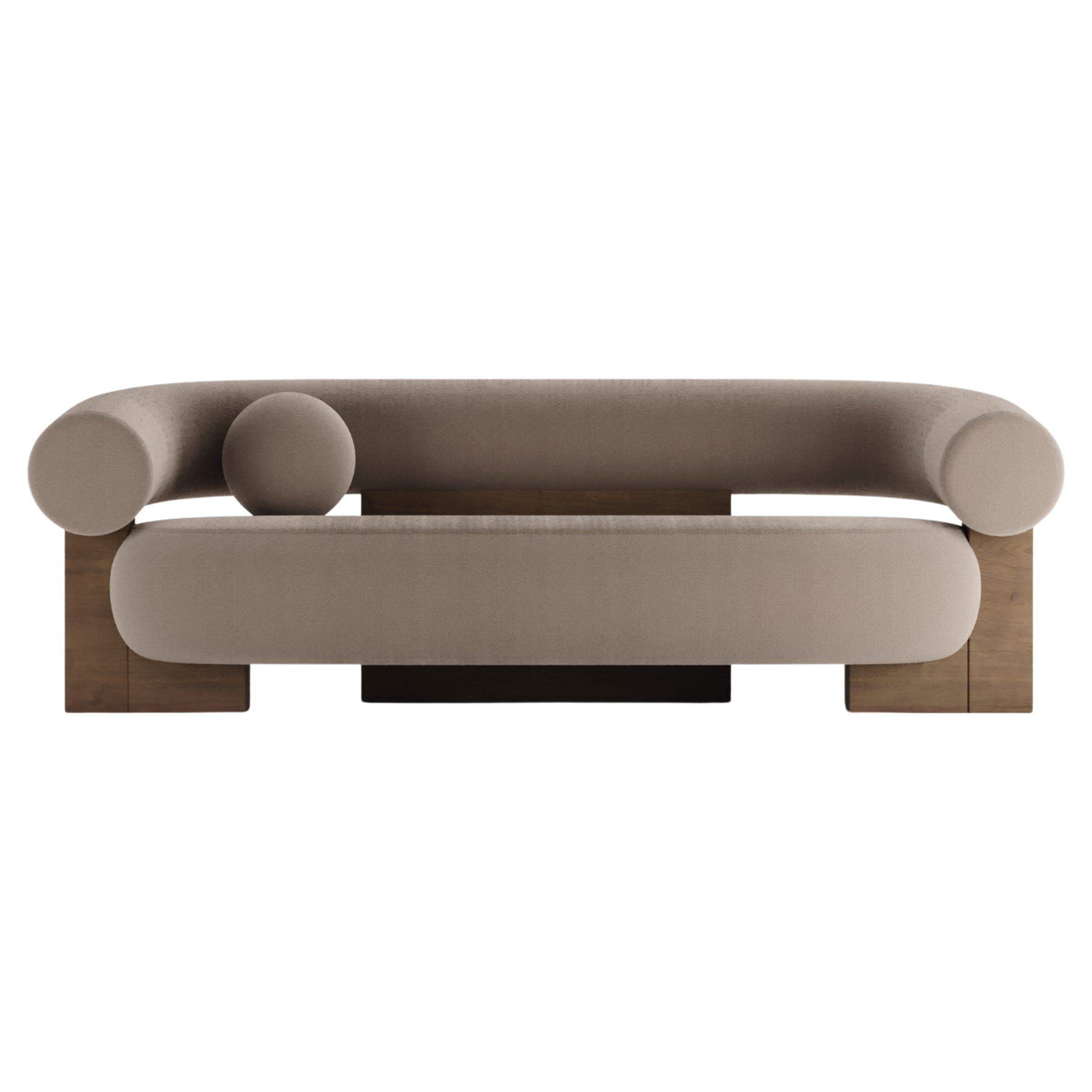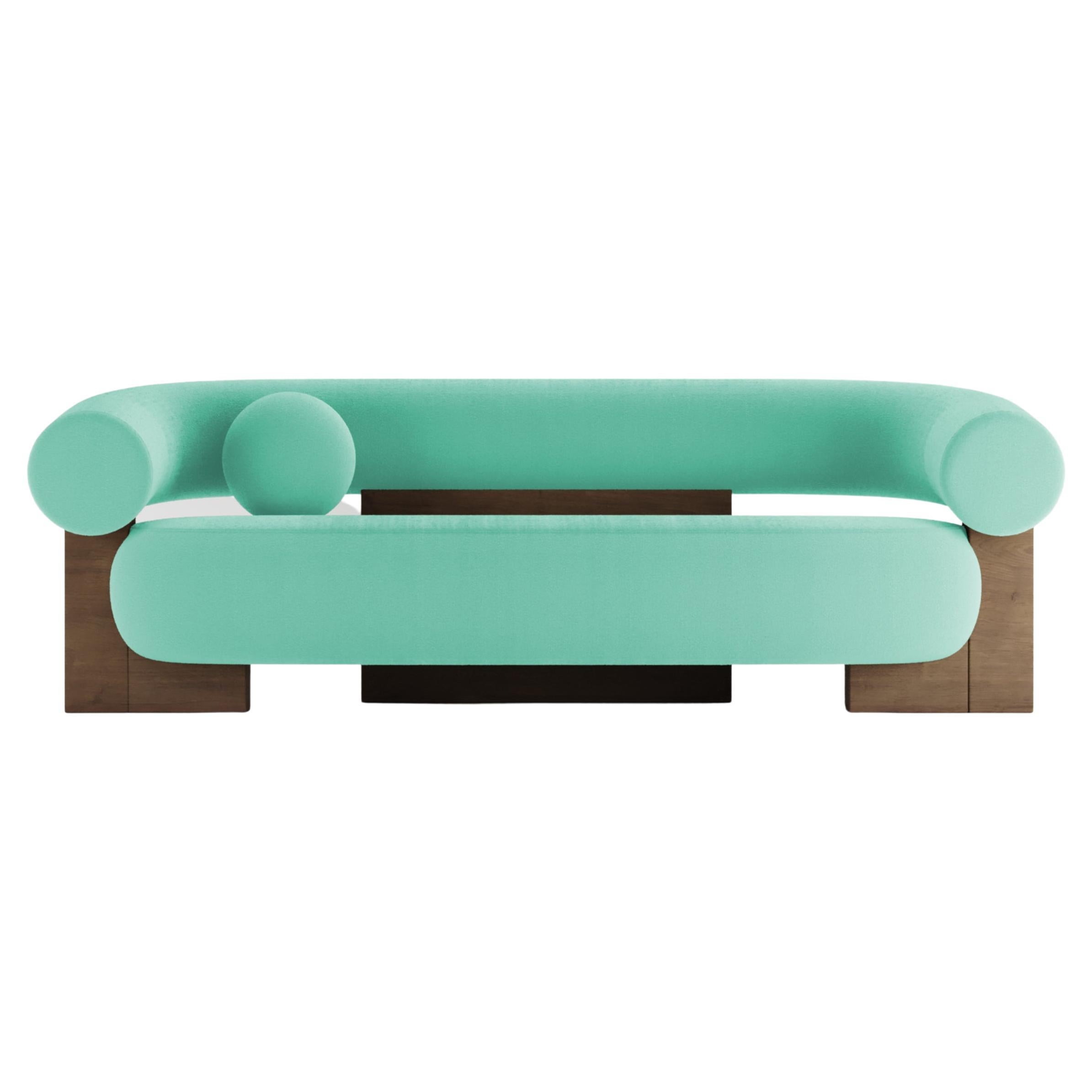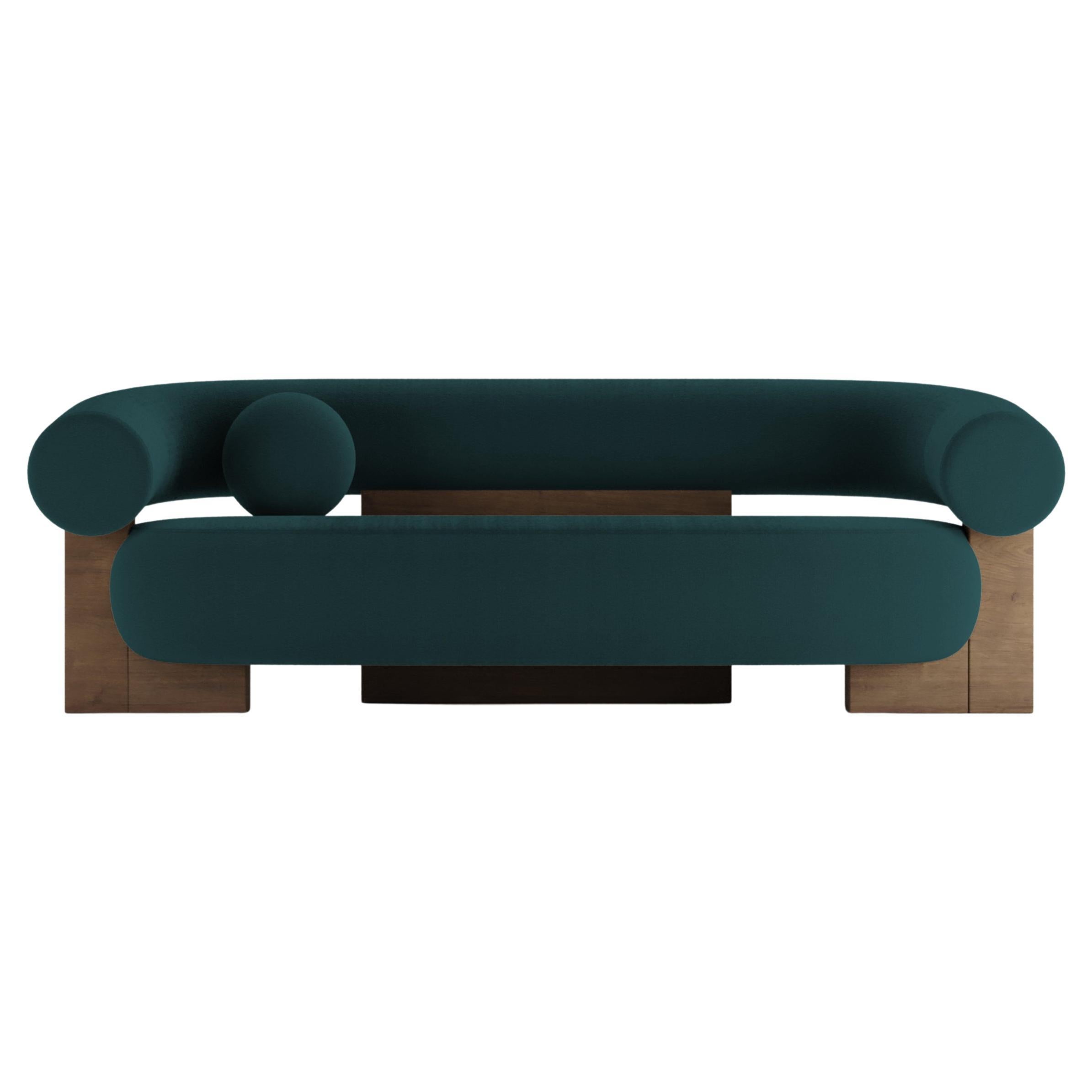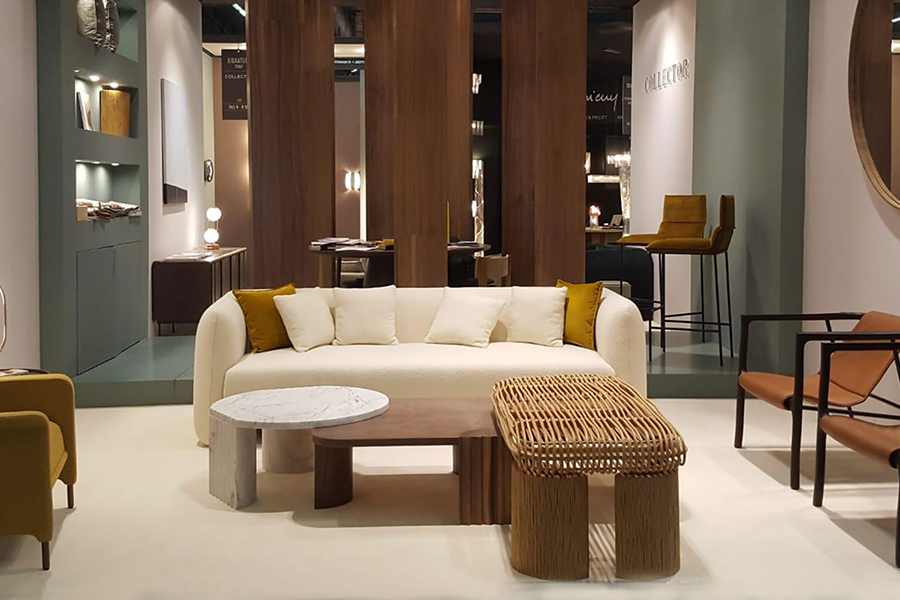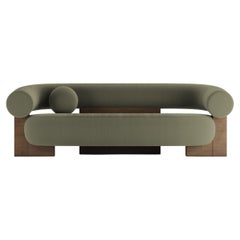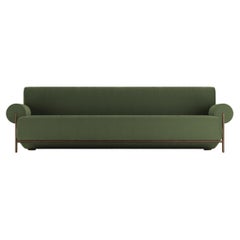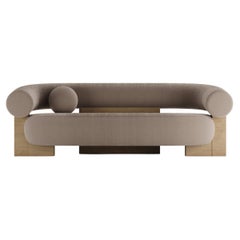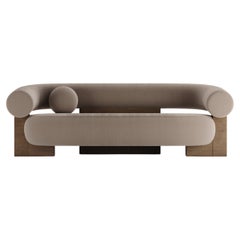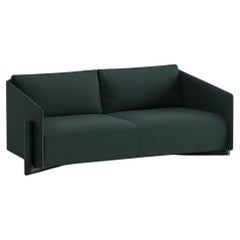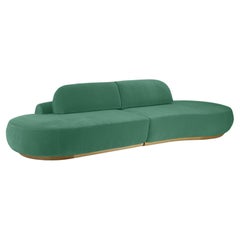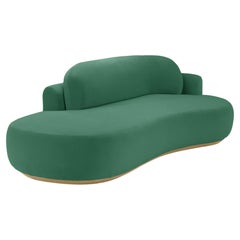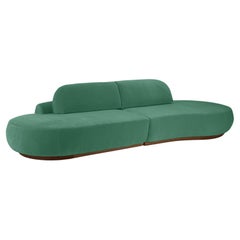Items Similar to Contemporary Modern Cassete Sofa in Green & Wood by Collector Studio
Want more images or videos?
Request additional images or videos from the seller
1 of 5
Contemporary Modern Cassete Sofa in Green & Wood by Collector Studio
$10,753.43per item
£8,011.65per item
€9,040per item
CA$15,086.97per item
A$16,576.26per item
CHF 8,548.27per item
MX$198,600.33per item
NOK 108,536.71per item
SEK 101,857.29per item
DKK 68,866.46per item
Quantity
About the Item
Cassete sofa was designed by Alter Ego for Collector Studio.
Dimension
W 235 cm 92,5”
D 95 cm 37,4”
H 77cm 30.3”
Product features
Structure in smoked oak wood. Upholstered in fabric.
Product option
UPHOLSTERY:
Available in all COLLECTOR leathers and fabrics.
Available in client’s own material.
About COLLECTOR
The Collector brand was born and Portugal and aims to be part of daily life by fusing furniture to home routines and lifestyles. The company designs its pieces with the intention to embrace diverse styles and to blend in inside any contemporary setting.
A wide range of product typologies are designed to work in diverse layers of importance. The result is a clean-lined furnishing collection that can easily be customised to work specifically and according to each unique need, reflecting traditional methods of furniture manufacturing with accurate industrial production methods. Collector strives to achieve the best quality possible by selecting the best materials and by the constant development of production processes and manufacturing partnerships.
- Dimensions:Height: 30.3 in (76.97 cm)Width: 92.5 in (234.95 cm)Depth: 37.4 in (95 cm)Seat Height: 17 in (43.18 cm)
- Materials and Techniques:
- Period:
- Date of Manufacture:2021
- Production Type:New & Custom(Current Production)
- Estimated Production Time:10-11 weeks
- Condition:
- Seller Location:Castelo da Maia, PT
- Reference Number:1stDibs: LU5352233192872
Collector
The Collector brand aims to be part of the daily life by fusing furniture to our home routine and lifestyle. The company designs its pieces with the intention to embrace diverse styles and to blend in inside any contemporary setting. A wide range of product typologies are designed to work in diverse layers of importance. The result is a clean-lined furnishing collection that can easily be customised to work specifically and according to each unique need, reflecting traditional methods of furniture manufacturing with accurate industrial production methods. Collector strives to achieve the best quality possible by selecting the best materials and by the constant development of production processes and manufacturing partnerships.
Customers can customize the fabrics, dimensions and Legs material.
About the Seller
3.7
Vetted Professional Seller
Every seller passes strict standards for authenticity and reliability
Established in 2020
1stDibs seller since 2020
66 sales on 1stDibs
Typical response time: 7 hours
- ShippingRetrieving quote...Shipping from: Águas Santas, Portugal
- Return Policy
Authenticity Guarantee
In the unlikely event there’s an issue with an item’s authenticity, contact us within 1 year for a full refund. DetailsMoney-Back Guarantee
If your item is not as described, is damaged in transit, or does not arrive, contact us within 7 days for a full refund. Details24-Hour Cancellation
You have a 24-hour grace period in which to reconsider your purchase, with no questions asked.Vetted Professional Sellers
Our world-class sellers must adhere to strict standards for service and quality, maintaining the integrity of our listings.Price-Match Guarantee
If you find that a seller listed the same item for a lower price elsewhere, we’ll match it.Trusted Global Delivery
Our best-in-class carrier network provides specialized shipping options worldwide, including custom delivery.More From This Seller
View AllContemporary Modern Cassete Sofa in Olive & Wood by Collector Studio
Located in Castelo da Maia, PT
Cassete sofa was designed by Alter Ego for Collector Studio.
Dimension
W 235 cm 92,5”
D 95 cm 37,4”
H 77cm 30.3”
Product features
Structure in smoked oak wood. Upholstered ...
Category
2010s Sofas
Materials
Fabric, Oak
Contemporary Modern Paloma Sofa in Bouclé Green by Collector
Located in Castelo da Maia, PT
Underpinned by a Minimalist and sophistication aesthetic of clean lines.
Paloma Sofa designed by Bernhardt & Vella for Collector Studio.
Dimension:
W 240 cm 98,4”
D 85cm 33.5”
H 7...
Category
2010s Lounge Chairs
Materials
Fabric, Oak
Contemporary Modern Cassete Sofa in Fabric & Wood by Collector Studio
Located in Castelo da Maia, PT
Cassete sofa was designed by Alter Ego for Collector Studio.
DIMENSIONS
W 235 cm 92,5”
D 95 cm 37,4”
H 77cm 30.3”
PRODUCT FEATURES
Structure...
Category
2010s Sofas
Materials
Fabric, Oak
Contemporary Modern Cassete Sofa in Fabric & Wood by Collector Studio
Located in Castelo da Maia, PT
Cassete sofa was designed by Alter Ego for Collector Studio.
Dimension
W 235 cm 92,5”
D 95 cm 37,4”
H 77cm 30.3”
Product features
Structure in smoked oak wood. Upholstered ...
Category
2010s Sofas
Materials
Fabric, Oak
Contemporary Modern Cassete Sofa in Boucle Teal & Wood by Collector Studio
Located in Castelo da Maia, PT
Cassete sofa was designed by Alter Ego for Collector Studio.
Dimension
W 235 cm 92,5”
D 95 cm 37,4”
H 77cm 30.3”
Product features
Structure in smoked oak wood. Upholstered in fabri...
Category
2010s Sofas
Materials
Fabric, Oak
Contemporary Modern Cassete Sofa in bouclé Blue & Wood by Collector Studio
Located in Castelo da Maia, PT
Cassete sofa was designed by Alter Ego for Collector Studio.
Dimension
W 235 cm 92,5”
D 95 cm 37,4”
H 77cm 30.3”
Product features
Structure in smoked oak wood. Upholstered ...
Category
2010s Sofas
Materials
Fabric, Oak
You May Also Like
Green Timber 3 Seater Sofa by Kann Design
Located in Geneve, CH
Green Timber 3 Seater Sofa by Kann Design
Dimensions: D 104.5 x W 200 x H 75 cm.
Materials: Solid wood, elastic belts, HR foam, fabric upholstery Kvadrat Vidar 1062 (94% wool, 6% nyl...
Category
2010s French Post-Modern Sofas
Materials
Fabric, Foam, Wood
$6,233 / item
Naked Curved Sectional Sofa, 2 Piece with Natural Oak and Paris Green
Located in Brooklyn, NY
The Naked Sectional Sofa is a modular sofa with inviting curves and a comfortable seating. Handmade with a solid wood base. The Naked Sectional Sofa is available in a number of diffe...
Category
21st Century and Contemporary Portuguese Modern Sofas
Materials
Fabric, Wood
Naked Sofa Single with Natural Oak and Paris Green
Located in Brooklyn, NY
The Naked Sectional sofa is a modular sofa with inviting curves and a comfortable seating. Handmade with a solid wood base. The Naked Sectional Sofa is available in a number of diffe...
Category
21st Century and Contemporary Portuguese Modern Sofas
Materials
Fabric, Wood
$8,998 / item
Naked Curved Sectional Sofa, 2 Piece with Beech Ash-056-1 and Paris Green
Located in Brooklyn, NY
The Naked Sectional Sofa is a modular sofa with inviting curves and a comfortable seating. Handmade with a solid wood base. The Naked Sectional Sofa is available in a number of diffe...
Category
21st Century and Contemporary Portuguese Modern Sofas
Materials
Fabric, Wood
Wittorin sofa (2 modules), modular sofa in walnut and green upholstery
Located in Copenhagen, DK
Designed by Caisa Leifsdotter for ToneArt and based on historical designs by her architect father, the Wittorin Sofa is a modular sofa configuration.
The design language of the seri...
Category
2010s Danish Scandinavian Modern Sofas
Materials
Fabric, Walnut
Naked Curved Sectional Sofa, 2 Piece with Beech Ash-056-5 and Paris Green
Located in Brooklyn, NY
The Naked Sectional Sofa is a modular sofa with inviting curves and a comfortable seating. Handmade with a solid wood base. The Naked Sectional Sofa is available in a number of diffe...
Category
21st Century and Contemporary Portuguese Modern Sofas
Materials
Fabric, Wood
More Ways To Browse
Shiraz Sofa
Slipcover Sofa
Slipcovered Sofa
Steelcase Couch
Swivel Sofa Chair
Tacchini Julep Sofa
Taupe Leather Sofa
Tito Agnoli Leather Sofa
Tobia Scarpa Erasmo
Used Leather Sofa Bed Furniture
Used Leather Sofa London
Vintage Channel Back Couch
Vintage Chrome 2 Seater
Vintage Stripe Sofa
White Chesterfield
White Sofa Tufted
1950s White Couch
6 Strand Rattan Furniture
